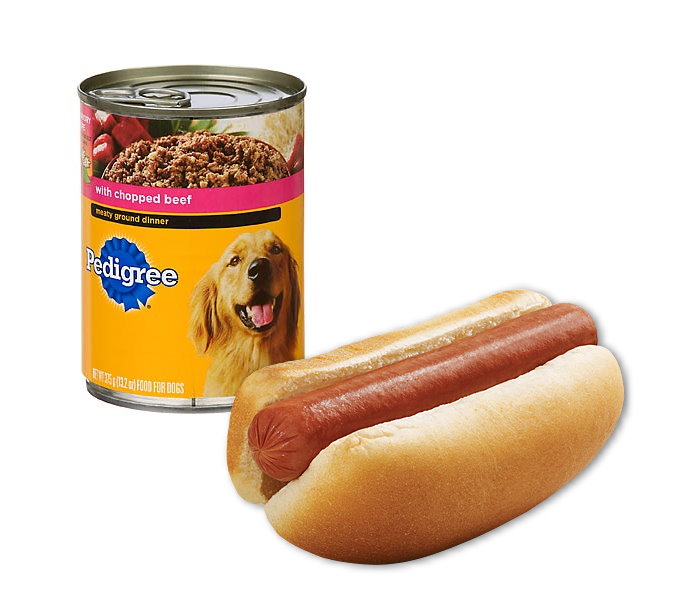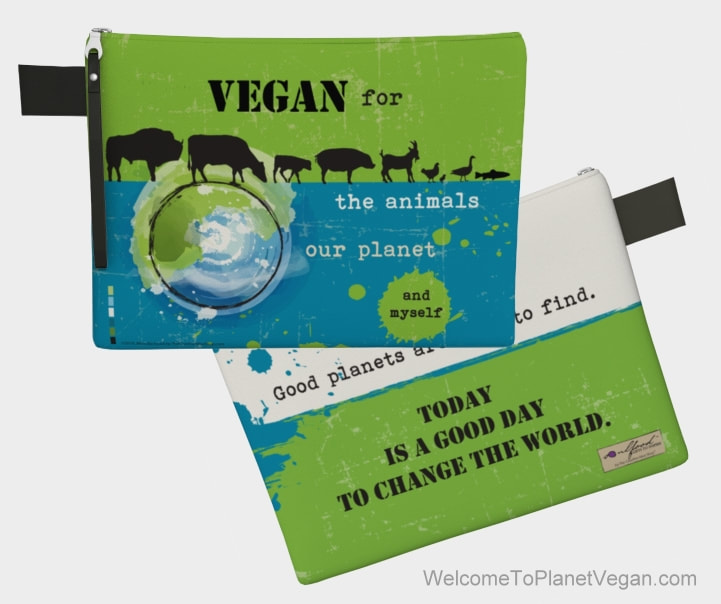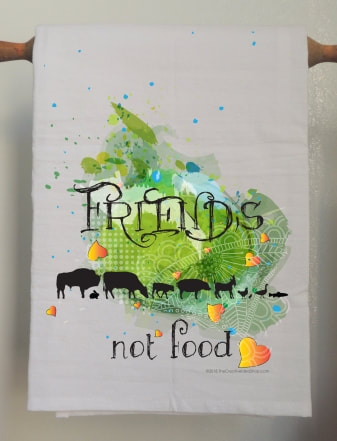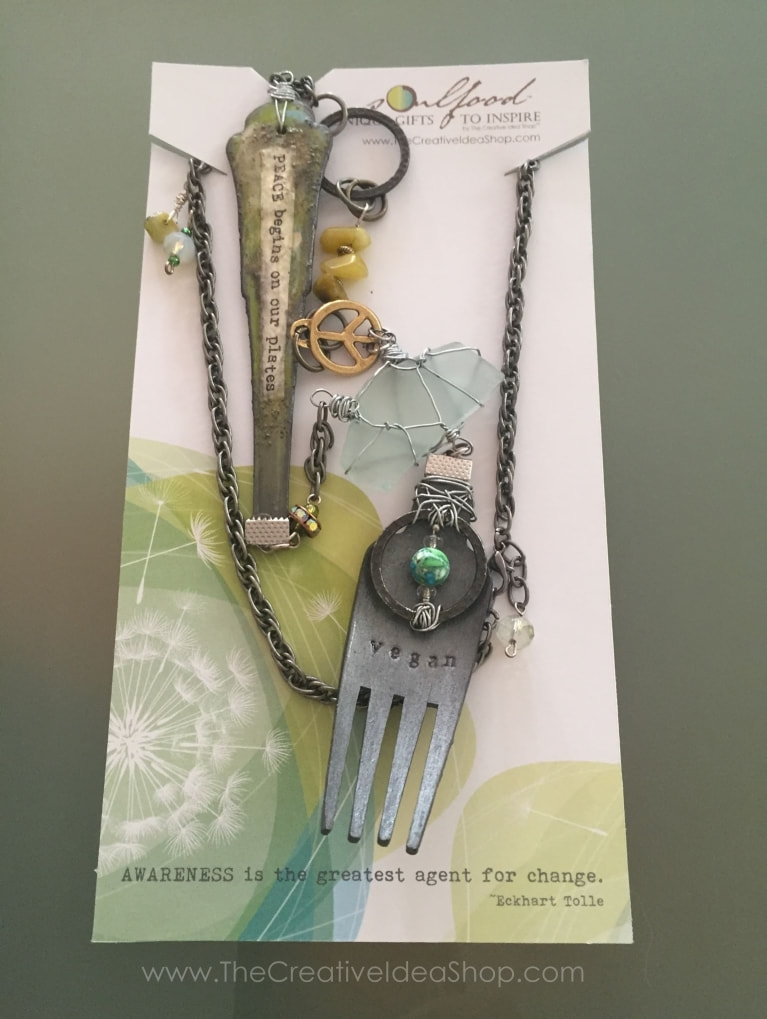When my sister was very young she liked to pick up things and put them in her mouth. She once had a little gulp of shoe polish and anything left on the floor was up for grabs. She did not suffer any long-term damage that I know of. My mothers mantra was “Don’t put that in your mouth, you don’t know where it’s been.” Just imagine what would happen if we applied that little bit of advice to the food we eat. What follows does not address the issue of animal slaughter but is focused on how the food industry denatures its products and how consumers would simply not really think about what they eat as long as it titillates the taste buds.
A quick review of the burger issue here in the UK:
|
The horse meat is part of what is called (in the burger business) as “filler”. Filler can be lots of things often it is various forms of a sludge made from everything in the animal that’s not really meat. Tendons, sinew, and scraps attached to bone can all be removed by chemical treatment and scalding then mixed and whipped into a paste that raises the protein content of the burger. This particular “filler” didn’t come from Ireland – it came from Poland.
It turns out that the filler for these beef/horse/pig patties could have been sold for over the past year as well. It also turns out that Burger King was one of their customers. So…the burgers in the UK were processed in Ireland with added animal parts from Poland (that included horse and pig parts). This was an international project, globalization in action. The big supermarkets, (including Asda the mask that Wal-Mart wears in the UK) were of course horrified, “how could this happen?” It happened because it is standard procedure to sell food that is not what the consumer believes it to be or simply doesn’t want to know. Meat products are where the dark arts of food production have set up a permanent home.
Since meat has become the dietary foundation of both America and most of Europe, keeping meat prices down has been a major focus of the meat industry. After World War Two, the American government moved quickly to subsidize the meat industry by providing cheap grain and water.
With the growing population of baby-boomers and troops returning home the demand for meat and meat products soared. It was not simply that there were more mouths to feed; it was that people were eating more meat than ever. The short-term solution of cheap meat quickly became business as usual. Aside from cheap meat “on the hoof” there was increased demand for even lower cost cuts of meat, ground meats and lunch meats. These cheap meat products for the working class were an easy target for the mystery meats that fill the fast food and delicatessen markets of the world.
In order to make ground meat products cheap and tasty the full arsenal of food chemistry is brought to play. The goal of the game is to bulk up the product, maintain the protein requirements of government, provide the “mouth feel” and taste that makes the consumer smack their lips with pleasure and make the product look like ground “meat” (ie: muscle tissue). What a challenge. Can our brave food scientists succeed? You bet.
In 2007 the FDA claimed that the product was so safe that it didn’t need to be tested independently as an additive to burgers. It was only in 2012 when ABC television broadcast a report on it that the Slime hit the Fan. The fat cats in the meat industry called foul and several fast food chains were forced to discontinue its use. So what was the problem?
The pink slime is known in the meat industry as LFTB, Lean Finely Textured Beef. The product was originally developed as an extender for pet food. It is produced by processing low-grade beef trimmings and cartilage, connective tissue and sinew and fat tissue from under the skins of the slaughtered cattle with a centrifuge heated to approximately 100°F. The fat is skived off and then the pulverized product is exposed to ammonium hydroxide to sanitize it. When extruded it can be injected into ground meats and increase the protein content, weight, and create a smooth texture. Up to 70% of the ground beef sold in supermarkets is estimated to contain the slime. The fact that ammonia hydroxide is used in the process means that it cannot be sold in Canada, the UK or the EU countries. They think its toxic. Imagine that?
Given everything I have said above is pink slime really a problem?
Every so often a report comes out showing how food companies abuse the trust of the consumer and adulterate or denature a food. People are shocked and continue to buy it. Every so often a television camera gets into a factory farm or an abattoir and the public is sickened by the torture of animals or the deformed appearance of something they are going to eat. It affects the market place for a few weeks and is forgotten. We have become numbed to deceit and complacent in the production of food that makes us sick.
The argument in favor of pink slime is that it provides inexpensive protein rich food for the people. Anyone who has done even the most rudimentary research knows that is a lie. Industry insiders and politicians point to the jobs lost in slime production but there is one compelling argument that I agree with. An industry spokesperson stated, "What should we label it? It's 100 percent beef, what do you want us to label it? I'm not prepared to say it's anything other than beef, because it's 100 percent beef." He is right, it’s 100 percent beef, the whole beef and nothing but the beef so help him god.
There is a serious disconnect between the thought of eating animals that were being kept in unsanitary warehouses, viciously killed, stripped of all flesh. When that reality is presented many people get squeamish. When they are told that the burgers they buy contain sinew, tendons, connective tissue and dried blood that has been sanitized with ammonia they are outraged, but why? Isn’t it better to use the whole animal? Why should muscle tissue be more honored than any other part? Society does not like reality; we live in a fantasy world where food appears magically on our plate created out of thin air, with no ethical, economic, social or health implications. If it is tasty we will eat it. It is essential that information about food manufacturing is made more available. The industry willfully misleads consumers to build up the bottom line regardless of the health implications of its products.
I remember once hearing someone comment that they were shocked that there were poor people that were eating canned dog food. When I said that there was little or no difference between that and a hot dog they were very upset with me. They said I was a fanatic. I guess they were right but I remember what my mother said, “Don’t put that in your mouth if you don’t know where it’s been”.
Links:
www.marlenewatsontara.com








 RSS Feed
RSS Feed